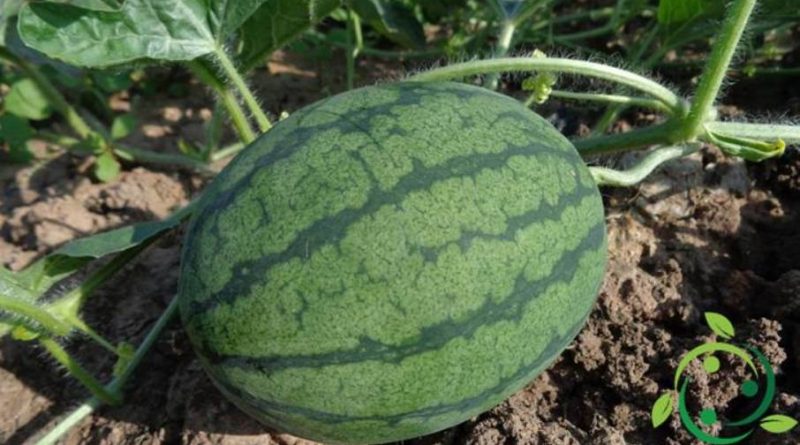How to grow watermelon in a biological way
How to grow watermelon in a biological way
The cultivation of watermelon (or watermelon or water melon) (Citrullus lanatus (Thunb.) Matsum. & Nakai, 1916) can be carried out only in the presence of mild climates and hot summers.
For sowing let’s remember that the minimum temperature must be 15 ° C, while for the vegetative growth must have temperatures between 25 and 35 ° C. Since it also fears temperatures below 10 ° C it is good to sow in the spring when we are sure that it does not fall below these values.
Suitable soil for cultivation are those that are loose and workable in depth. For this reason the soil should be worked on time (winter period) and mixed with mature manure or, in the absence, earthworm humus or compost a month before sowing.
For sowing can be done directly in the open field through small postarelle where 3-4 seeds are placed at a depth of about 2 cm (when the seedlings will be germinated, the more vigorous leaves will be left). For the sixth we recommend a distance of 1.5 meters in the row and 2 meters between rows.
For irrigation we recommend drip irrigation using hoses that avoid water stagnation throughout the vegetative cycle with a decrease during the final enlargement and maturation phase to facilitate the metabolization of sugars.
Like many vegetable plants it is a plant that needs frequent weeding; alternatively, the mulching technique is excellent with straw or other vegetable products that keep the herb crops clean. Among other things, this technique allows you not to put fruit and soil in contact.
It is important, after the elongation of the shoots, to make a shearing of these to favor the emission of other jets. With this technique it is avoided the excessive growth in length of the shoots (which does not help the plant) making it more compact and then favoring only 4-5 fruits (to have a good size and a better ripeness).
During the fattening of the fruit we must take care to turn them periodically and gently to make them ripen homogeneously while to understand the optimal ripening period (which occurs about 4 months after sowing) you have to wait for the desiccation of the peduncle to which the fruit is attached and the typical dull and gloomy sound that he makes when he is hit lightly with his hands.
Watermelon is a plant that can benefit greatly from fertilization based on ash after fruit setting when these are however at least as large as a walnut.
Watermelon is a very rustic plant and if we respect the above rules it has no particular phytosanitary problems. In this way we should not meet peronospora and oidium. Among the insects, the only ones that can cause problems (especially during the spring period) are the aphids. For these you can use macerated and natural preparations based on nettle and garlic.

